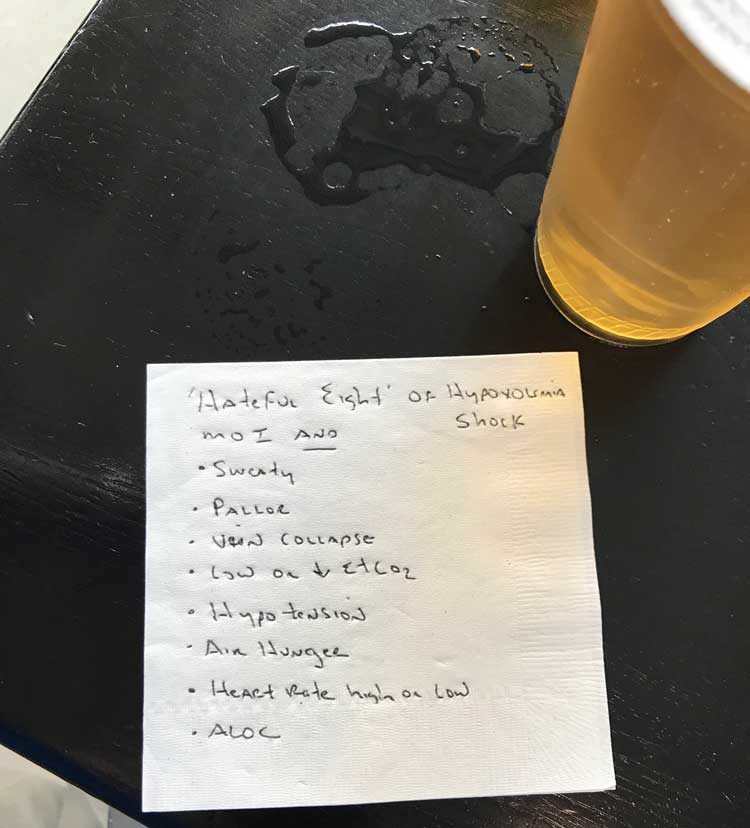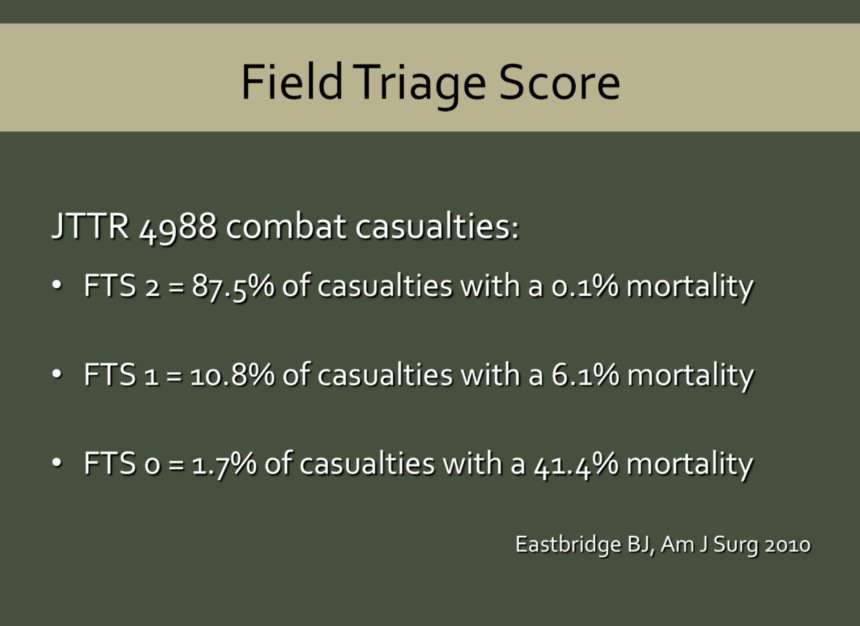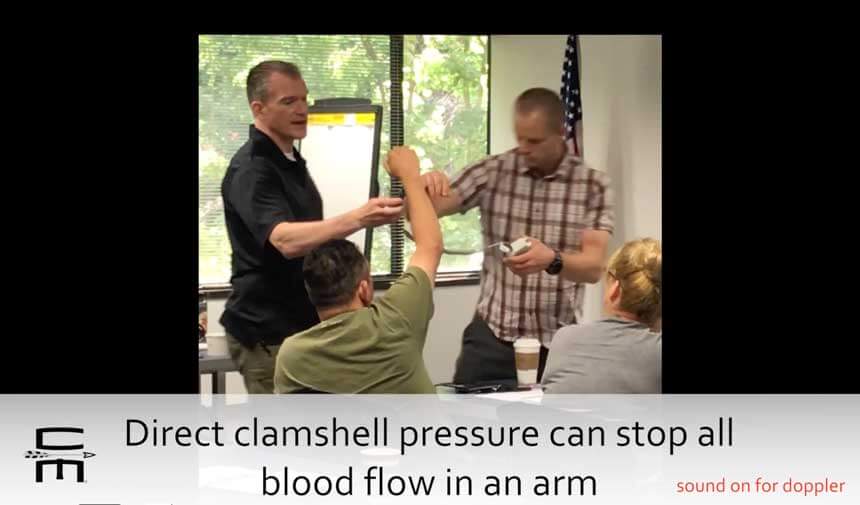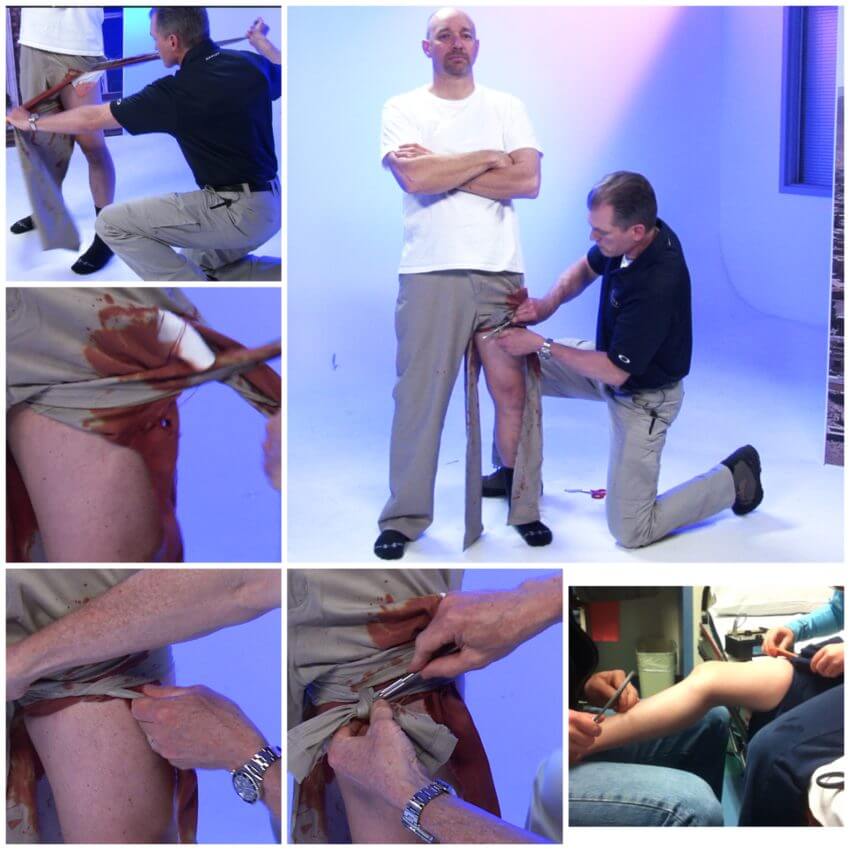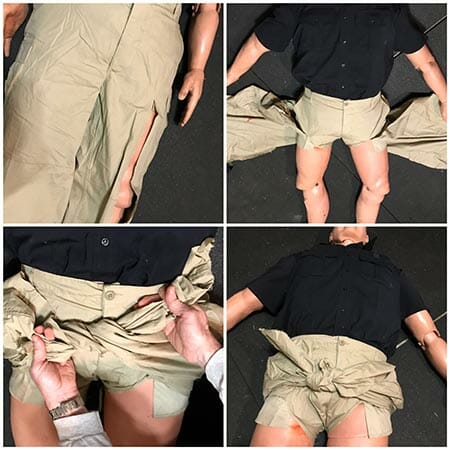🕖 Reading Time, 3 minutes One of the best parts of the Special Operations Medical Association annual meeting is connecting with your peers and discussing issues we all deal with. One evening, while having a bar napkin discussion about prehospital …
MARCH: Massive Hemorrhage, Airway, Respiration, Circulation, Hypothermia Prevention
The easy to remember mnemonic MARCH reminds us of the priorities in treating casualties during TECC and TCCC situations. MARCH provides a framework to address immediate life threats and gives an organized approach to begin a casualty evaluation. The MARCH mnemonic is preferable to the ABCDE model because it takes into consideration the reason you need an airway and to be breathing is to circulate blood to the casualty’s brain. Recognizing that, the first step in our casualty evaluation should be to look for massive hemorrhage.
Once past massive hemorrhage, A-R-C is loosely approximated by A-B-C. H- is a reminder that a large number of traumatic casualties arrive at the emergency department or medical treatment facility hypothermic which dramatically increases their death rate.
The MARCH mnemonic can be applied to any patient, as the initial casualty evaluation usually rules out massive hemorrhage.
The Field Triage Score simplifies this process 🕖 Reading Time, 4 minutes Reviews of most mass casualty events have shown that rarely is a preplanned triage system actually used in the event. Triage is a French word for sorting. Although …
🕖 Reading Time, 1 minutes You can eliminate arterial flow in nearly any limb you can get your fingers and hands wrapped around. This demonstration is from teaching the technique in our Advanced Tactical Casualty Care course, you can see …
🕖 Reading Time, 2 minutes Our first plan to manage massive extremity hemorrhage is to use a proven commercially available tourniquet. Barring that, create an improvised tourniquet using a cravat, or a strip of fabric, with a windlass for leverage. …
🕖 Reading Time, 3 minutes The MARCH mnemonic is a superior model for evaluation of trauma patients compared to the traditional A, B, C model. The Airway, Breathing, Circulation model fails in root cause analysis: The ultimate goal of having …
Pelvic fractures occur in 8% of major trauma patients. You can improvise a pelvic binder. 🕖 Reading Time, 3 minutes IED induced injuries resulting in traumatic lower limb amputation are associated with a 22% rate of pelvic fracture; half of …

